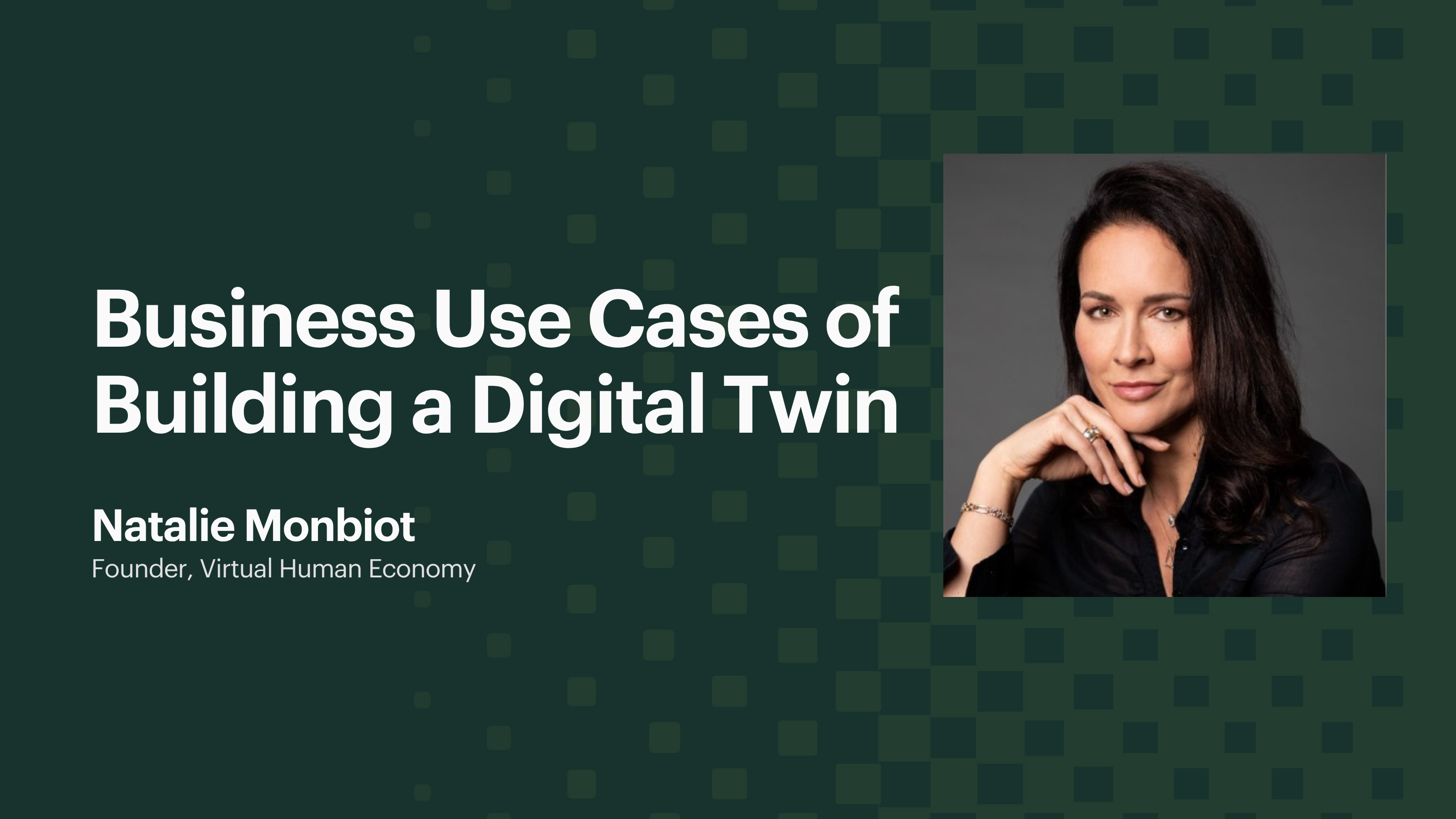Building a people-first approach in product leadership is what makes the difference between good and great teams. To dive deeper into this approach and dissect the process of becoming the ideal product leader, Wizly organised a masterclass with Diana Stepner.
Hailing from Silicon Valley, Diana is the Head of Product Education at the Chan Zuckerberg Initiative, with a decade-long stint at Pearson as well. With a background in business and user experience research, Diana is a seasoned expert in building and developing product teams.
In this masterclass, she talks about navigating the challenging leadership of product teams, made more complex by the ever-changing market dynamics. She also highlights how it is critical to double down on emotional intelligence and create a safe space for the employees, enabling them to grow, experiment and continue to improve.
Here are some excerpts from the masterclass!
Why People-First Product Leadership
The approach of people-first product leadership surfaced from an interesting dialogue surrounding the concept of servant leadership. Although the term 'servant leadership' may not resonate with everyone, its principles form the foundation of an effective leadership style, particularly when applied to product teams. This approach emphasises putting the team first, and treating team members with the respect and dignity they deserve. The implication isn't that of a servile attendance, but more of a collaborative role, working alongside team members, coaching, and aiding their career growth. Hence, the concept of people-first product leadership was born, embodying the essence of putting team members before everything else in product leadership.
This is extremely vital to understand, especially in these trying times. Being a product leader is not a cakewalk, especially amidst the current global challenges. One might observe others seemingly effortlessly navigate these challenges, but what often remains unseen are the years of experience, trials, and errors these individuals have endured to reach their current positions.
However, the underlying principle in product leadership is the perpetual process of learning and evolution. This necessity is driven by the fact that products, much like their users, never remain static. There are always novel experiences, emerging technologies, and shifting societal dynamics. A product-oriented individual should remain cognizant of these changes and incorporate them into their approach. Therefore, continuous learning, evolving, and future-oriented thinking are imperative to ensure success for customers and the team alike.
Using The Double Diamond Framework
To ensure that your team is creatively solving issues and constantly learning, the Double Diamond Framework can come in handy. Recognized for facilitating product discovery, it encourages product teams to diverge and converge when addressing problems and crafting solutions. This method promotes collaborative thought and focused decision-making, enabling teams to identify one opportunity worth pursuing. It structures the process of problem-solving, ensuring no premature jump into solutions.

The double diamond framework fosters empowered product teams, boosting their creative and collaborative capacities in leading iterative processes. It mirrors the curious nature of product managers, perpetually exploring the 'why' to refine their craft. This model guides the collection and utilisation of information, thereby encouraging convergence and charting the future course of action. This mirrors a product person's role - gathering information, creatively evaluating opportunities, and conducting experiments for solutions.
To apply this model to product leadership, four areas must be considered: Discover, Define, Develop, and Deliver. The first step involves uncovering unique leadership traits and harnessing their potential. This leads to defining a leadership style suitable for leading product teams, followed by the development of an engaged product team. The final step is delivering an environment that empowers team members, thereby ensuring a successful product journey.
Discover
Discovery in leadership entails finding one's unique leadership voice, without the necessity of being vocally dominant. It's common to encounter doubts, especially from introverts, questioning their ability to lead product teams. However, successful leadership isn't dependent on extraversion but rather on finding a leadership style that resonates with oneself. Authenticity in leadership often fosters stronger team alignment and association.
Moreover, listening plays a crucial role in discovering one's leadership style. Constantly talking and not listening can obscure crucial insights from stakeholders and team members. Developing active listening skills enables leaders to recognize patterns and approaches that enhance team success.
Here are some essential questions for introspection:
- What is your listening style?
- How do you balance listening and speaking?
- Do you wish to further develop your listening skills?
- Consider these when reflecting on leadership style.
Finally, fostering a culture of curiosity and inquiry is vital. Encouraging questions within the team not only promotes knowledge sharing but also strengthens the group dynamics. Thus, modelling curiosity and creating a safe environment for questioning can be immensely empowering and promote continual learning.
Impostor Syndrome In The Workplace

Imposter syndrome is a common barrier that often makes individuals hesitant to ask questions. Observing successful product leaders, people might mistakenly believe these leaders always had the answers. However, everyone experiences challenges and uncertainties in their career journey. Emphasising this reality, fostering a culture of inquiry, and encouraging knowledge sharing can help individuals combat imposter syndrome.
It is essential to create an environment where it's acceptable not to have all the answers. Accepting uncertainty promotes sharing, collaboration, and growth, vital traits for a team navigating a rapidly evolving world. Encouraging questions and promoting a safe space for asking them can make individuals realise they are not alone in their feelings of uncertainty.
In a world often seeking specialists, product people are generalists, straddling UX, business, and technology. Embracing the natural feelings of fear, uncertainty, and doubt can make individuals more receptive to change and learning. A supportive environment, where these feelings are acknowledged, can significantly foster personal and professional growth.
Define
Next is the ‘define’ stage, which is not about adhering to a rigid model of leadership, but finding a style that aligns with one's own character and resonates with the product team. Leadership is not a one-size-fits-all concept; what's important is authenticity and staying true to oneself.
In earlier times, there was a certain school you had to go to, a certain thing you needed to study, you needed to act in a certain way, and all of that laddered up to be a leader. The new-age perspective, however, welcomes individuality and humanity in leadership. Today's leaders are authentic, human-centred, and people-oriented. They are appreciated for being true to themselves and the environments they foster.
While defining a leadership style, it's crucial to distinguish between management and leadership. Management is often concerned with objects and tasks, while leadership is about guiding, motivating, and mentoring people. A good leader transcends the tactical aspects of management to focus on aspects that enable their team members to flourish. They recognize that people are not things to be managed but individuals to be led towards collective success.
The Importance Of Psychological Safety
Building on the distinction between leadership and management, it is important to acknowledge that everyone makes mistakes. This notion is underpinned by Google's Project Aristotle, a study which identified five key characteristics of effective teams: Dependability, Structure & Clarity, Meaning, Impact, and Psychological Safety. The study found that teams which fostered a sense of psychological safety were more likely to share and learn from their mistakes, thereby reducing future error repetition.
Creating an environment where team members feel safe to express and address their mistakes is crucial for a successful product team. This fosters a culture of evolution, comfort, and humanity where mistakes are not just inevitable but are seen as opportunities for learning and growth. When reflecting on team dynamics, it's beneficial to gauge the team's comfort level within the work environment. Do they feel safe? Or is there a prevailing sense of anxiety or apathy? This evaluation can guide actions to enhance psychological safety within the team.

Develop And Deliver
Merging the concepts of ‘develop’ and ‘deliver’ together forms an effective framework for creating, nurturing, and leading an empowered team. The central theme here is the importance of making this process a time for learning.
Product leaders have the responsibility to not only develop and deliver a conducive culture but also to present their team with product problems to solve rather than features to build. This can be achieved through empowering the team to tackle problems in ways they deem fit, as opposed to prescriptive instructions to build specific features.
One way to foster this kind of environment is by embracing a learning culture, which is characterised by continuous expansion, nurturing creativity, and setting collective aspirations. In a learning culture, groups acquire, create, and transfer knowledge, modifying behaviours to reflect new technologies and insights. Encouraging learning involves helping team members share past experiences and experiment systematically, thus creating a platform for knowledge transfer and shared learning.
This approach is of significant importance because a lack of learning opportunities can lead to attrition. To retain talent and promote growth, it is essential to create an environment conducive to continuous learning. This not only increases the likelihood of team members staying but also enhances opportunities for business and customer growth.
In Conclusion
In toto, creating an environment where people thrive involves combining one's unique voice and leadership style in a manner that encourages learning and promotes open communication. This can be achieved by prioritising listening, reflecting, and putting people first. Although the role of a product leader can be demanding with a vast amount of information to assimilate, applying these principles in practice can lead to a deeper understanding of oneself, one's leadership style, and how to effectively motivate a team by putting their needs at the forefront.
This was one of many insightful and engaging sessions we have lined up for the future. Be sure to join the Wizly Community for the latest updates.
Content Attribution: Diana Stepner, as a part of her masterclass on People-first Product Leadership organised by Wizly and Switch Singapore.



